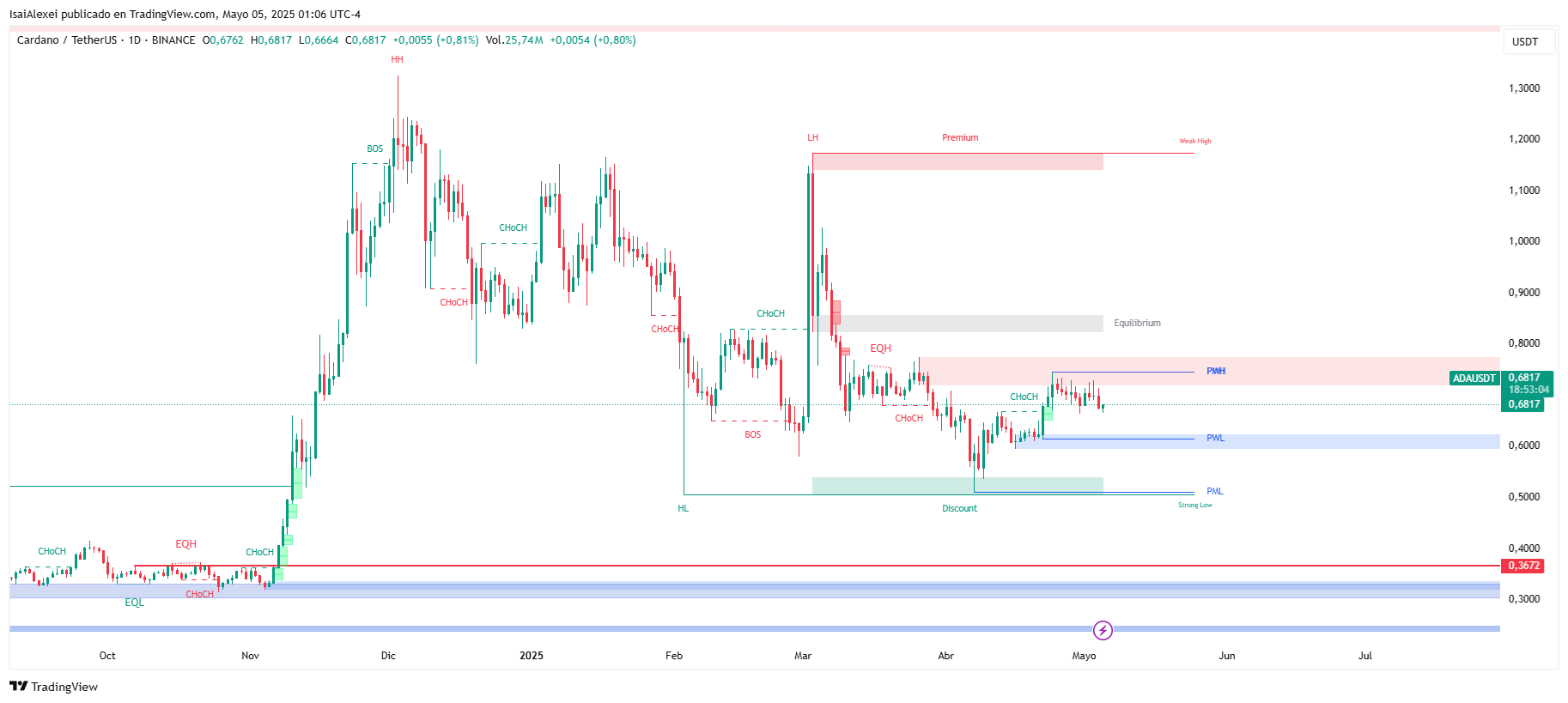
- Cardano’s Ouroboros Leios testnet deploys AI agents to stress-test blockchain speed, scalability ahead of mainnet launch.
- AI-driven simulations use machine learning to identify bottlenecks pre-launch, avoiding risks to real users and assets.
Charles Hoskinson announced the launch of a test network for Ouroboros Leios, a protocol upgrade designed to improve the blockchain’s speed and scalability. The testnet will deploy thousands of artificial intelligence (AI) agents to simulate interactions, stress-testing the network before full implementation.
AI Agents to Mimic Real-World Blockchain Activity
The AI agents will use machine learning algorithms to process data, make decisions, and adapt to variable conditions in real time. Their interactions will help developers measure processing speeds and system resilience under heavy loads.
As part of the Leios Research agenda, we are going to build a testnet running the protocol at the fastest possible speeds. We’ll populate it with a with thousands of AI agents to trade amongst each other.
Any Cardano DApps want to sign up to deploy on Face Melting Net? FMN
— Charles Hoskinson (@IOHK_Charles) May 2, 2025

Hoskinson invited Cardano-based decentralized applications (DApps) to join the testnet, dubbed “Face Melting Ne,” suggesting the trial could also explore high-speed trading capabilities for future DApp integrations.
Ouroboros Leios: Scaling Without Sacrificing Decentralization
Ouroboros Leios represents Cardano’s latest effort to increase transaction throughput while preserving decentralization—a challenge for many blockchains. The upgrade seeks to accelerate block processing, enabling the network to handle more transactions and support a broader range of DApps.

JUST IN: #Cardano $ADA Founder Charles Hoskinson says “Leios was the hardest paper and probably the most elegant paper we ever wrote because it’s part of a telescoping protocol. Leios extends Praos and operates within those same security models and constraints.” pic.twitter.com/u2xxdIzyXb
— Angry Crypto Show (@angrycryptoshow) May 2, 2025
Hoskinson described Leios as the “most complex” protocol iteration yet, building upon the existing Ouroboros Praos framework without altering its security parameters.
Implications for Cardano’s DeFi Ecosystem
Successful implementation of Leios could strengthen Cardano’s position in decentralized finance (DeFi), where transaction speed and cost efficiency are critical. The protocol’s design aims to maintain security and decentralization, two factors often at odds with scalability improvements in other networks. Developers emphasize that Leios operates within established security models, ensuring continuity with previous upgrades.
The AI-driven test phase marks a methodological shift in blockchain development, using automated systems to preempt bottlenecks. If effective, this strategy could reduce post-launch vulnerabilities and enhance user confidence.
For Cardano, the integration of AI testing and protocol enhancements reflects a dual focus on innovation and reliability—a balance that could define its trajectory in a competitive sector.
Results from the testnet will determine the timeline for Leios’ full deployment, with developers monitoring AI feedback to refine the protocol. Stakeholders await data on whether simulated stress translates to real-world performance gains, a step that could reshape how blockchains validate scalability solutions.

As of now, Cardano (ADA) is trading at $0.6803, reflecting a modest 2.4% gain in the last 24 hours, but still down 3.88% over the past 7 days. The trading volume over the last day stands at $625 million, indicating relatively strong market participation. ADA ranks #9 by market cap, currently at around $24.5 billion, with a circulating supply of 36 billion ADA out of a maximum of 45 billion.
From a technical perspective, ADA is showing consolidation within a symmetrical triangle, often a precursor to a breakout. The support zone appears to be around $0.66, while the resistance lies near $0.705.

Momentum indicators such as the RSI (Relative Strength Index) are neutral, suggesting that the market hasn’t decided on a strong bullish or bearish trend. A decisive break above $0.705 could lead to a rally toward the next resistance at $0.75, while a breakdown below $0.66 may send ADA toward $0.61.
On the fundamental side, Cardano remains a strong Layer 1 blockchain with academic backing and consistent development. It recently implemented the Vasil hard fork aimed at improving scalability and lowering fees. Cardano’s long-term roadmap includes governance improvements under the “Voltaire” phase, which could boost its use case and investor confidence.
The post Cardano Tests AI-Driven Protocol Upgrade to Boost Blockchain Performance appeared first on ETHNews.


